Articles of interest for Ruby on Rails
Displaying articles 351 - 375 of 5374 in totalArticle Sources
-

Doorkeeper Omniauth OAuth Client
Learn how to authenticate with an API using OAuth and Doorkeeper
Published:
-


Search Encrypted Attributes with Blind Index
Keeping client data protected is important, but once an attribute is encrypted, it becomes difficult to work with it. With Blind Index, we regain functionality on searching and validations.
Published:
-

Users DO Change Font Size
Evan Minto:The question was “How many users browse the main Internet Archive site with a default font size other than the common value of 16 pixels?” By knowing this, we would determine how many users would be affected by sizing with relative units like rems/ems.Using the methodology I describe below, we found that the answer is 3.08% of our users.So if you set type in pixels, and your traffic is anything like the Internet Archive’s, 3% of … Read article “Users DO Change Font Size”
Published:
-
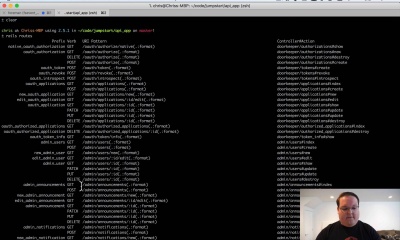
API Authentication with an OAuth Provider
Setting up an OAuth provider is a great way to add authentication to your API using the doorkeeper gem
Published:
-
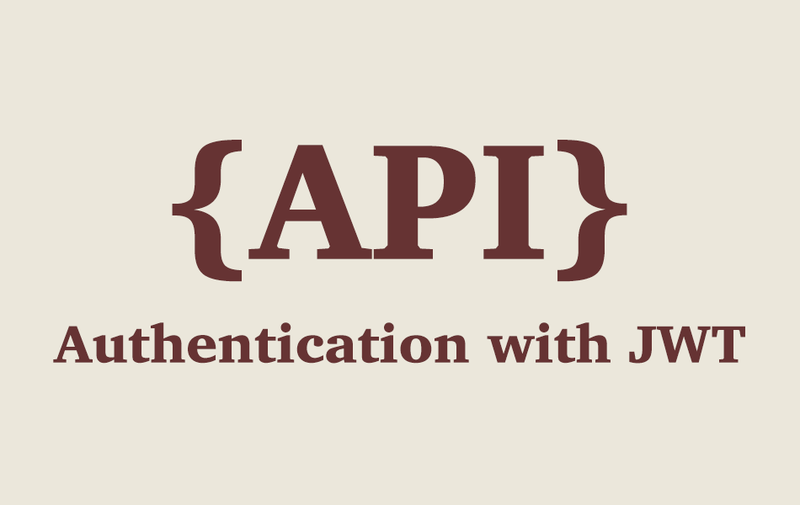

Rails API App - Authentication with JSON Web Tokens
With a bare Rails API app, we add an authentication solution and checks per request with JSON Web Tokens, JWT.
Published:
-
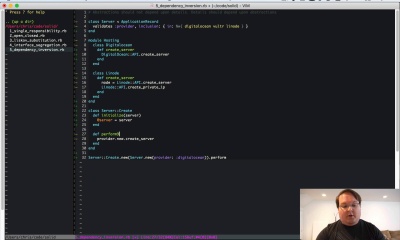
Dependency Inversion Principle
Abstractions should not depend upon details. Details should depend upon abstractions
Published:
-


Multistep Form with Wicked
Wicked can help by turning a controller into a series of multiple steps. In this episode, we interact with Devise to provide wizard after the user has registered.
Published:
-
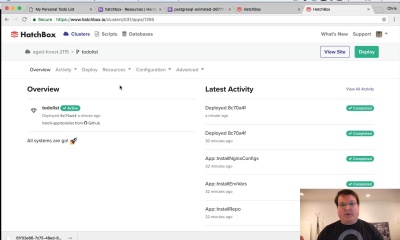
How to Migrate from Heroku to Hatchbox.io
See how to migrate your Ruby apps from Heroku to Hatchbox.io
Published:
-
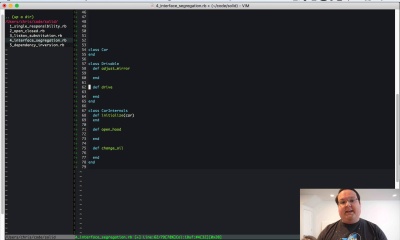
Interface Segregation Principle
The Interface Segregation Principle states that no client should be forced to depend on methods it does not use
Published:
-


User Notifications
Using the Notifications Rails Engine, we are able to add notifications to our applications based on certain events. The engine provides the schema and necessary controls and associations to seamlessly integrate into your app.
Published:
-
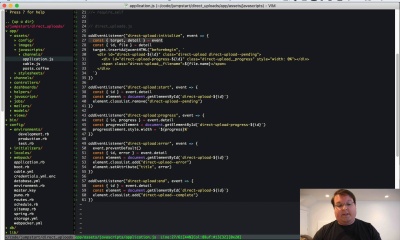
Direct Uploads with ActiveStorage
Learn how to enable direct uploads in the browser to Amazon S3 or DigitalOcean Spaces using Rails' new ActiveStorage library
Published:
-
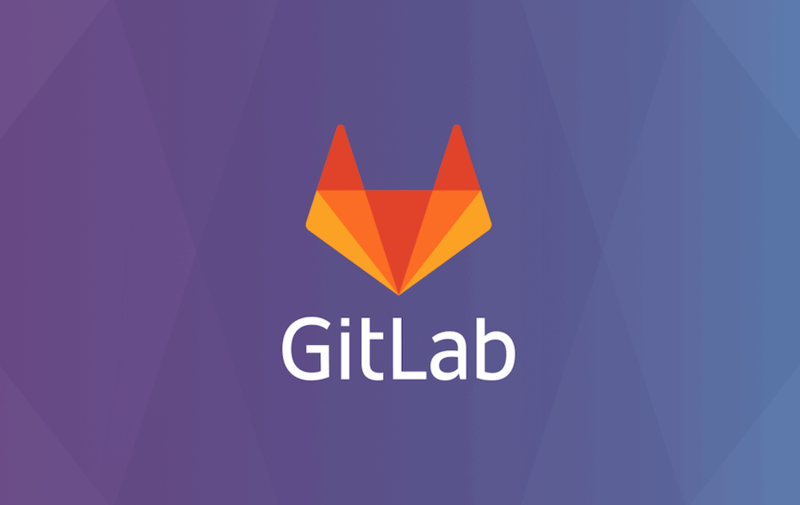

Using GitLab Runner for CI/CD
GitLab is a great version control software which has options to either self host or or use their hosted solution. In this episode, we look at using the GitLab Runner to run our Continuous Integration and Continuous Deployment.
Published:
-
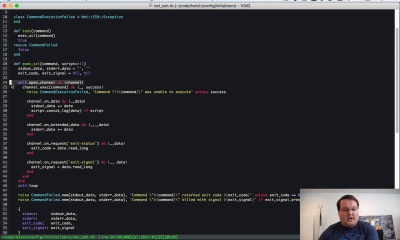
Realtime SSH Logs with ActionCable
Streaming realtime progress to the browser is easy with ActionCable. This episode covers how we send over SSH logs in realtime inside Hatchbox.io
Published:
-


Ruby Go Lang Extensions
Let's face it, Ruby is slow , but don't abandon Ruby just yet. Using extensions, we can write performant code in another language for the specific slow functions while the rest of the application remains untouched.
Published:
-
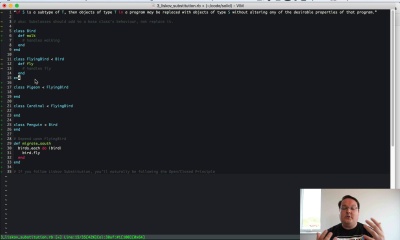
Liskov Substitution Principle
Subclasses should add to a base classes behavior, not replace it
Published:
-


Dynamic Select Fields
Making one select field dependent on another and automatically update based on the previous selection can be a tricky task. In this episode, we look an a rather unobtrusive way to handle this for many scenarios.
Published:
-

How to Migrate from Paperclip to Rails ActiveStorage
Now that the Paperclip gem has been deprecated, it's recommended that you migrate your apps to ActiveStorage
Published:
-


Ruby on Rails Development with Microsoft Windows 10
Developing a Ruby on Rails application on Windows can be difficult, but doesn't have to be with Bash on Windows. Learn how to use Bash to install the Ruby interpreter.
Published:
-

Vue.js Slots with Tailwind CSS and Rails
Learn how to use Vue.js slots to make even more reusable components. In this episode, we build a dropdown menu for Tailwind CSS apps using Vue.js slots.
Published:
-


Web Interactions with Mechanize
The Mechanize library is used for automating interaction with websites. Mechanize automatically stores and sends cookies, follows redirects, and can follow links and submit forms. Form fields can be populated and submitted.
Published:
-

Writing Tests for Rack Middleware
In this episode, we add tests for our Basecamp 3 style urls that we built using a Rack middleware
Published:
-


Debugging with Remote Pry
Puma-dev combined with Remote Pry is a strong combo for debugging and ease of development.
Published:
-

What are Higher-Order Components in React?
If you have been in the React ecosystem for a while, there is a possibility that you have heard about Higher Order Components. Let’s look at a simple implementation while also trying to explain the core idea. From here you should get a good idea of how they work and even put them to use.… Read article “What are Higher-Order Components in React?”
Published:
-
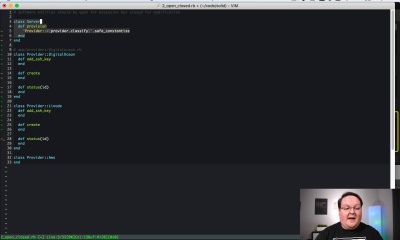
Open Closed Principle
Software entities should be open for extension but closed for modification
Published:
-


Preparing for General Data Protection Regulation (GDPR)
In this episode, we look adding in some of the requirements of the General Data Protection Regulation into our Ruby on Rails application. Disclaimer: this episode is not legal advice and you should consult a lawyer.
Published:
